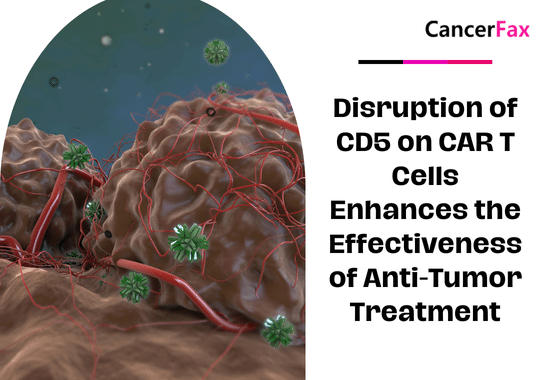A new study conducted by a biochemist at the University of Illinois has determined how damaged liver cells repair and use signals to repair themselves back to the early stages of organ development. The results of this study were published in the journal Natural Structure and Molecular Biology.
Avinash Kalsotra, a professor of biochemistry who is responsible for the new research, said, “Healthy adult liver cells are dormant and seldom undergo cell division, but if the liver is damaged, the liver cells will re-enter the cell cycle and repair themselves. The liver It is a flexible organ that can repair 70% of the damage and function in a few weeks. “The human liver may be damaged for a long time by toxins such as alcohol or certain drugs, but it will continue to function and repair itself. The study looked at what happened to the damaged liver at the molecular level, allowing it to regenerate while functioning normally.
The researchers used a mouse liver model that was severely damaged by the toxin to compare the injured adult liver cells with healthy cells in the developmental stage just after birth. The study found that the damaged cells could be restored to the gene expression state of the newborn after being partially re-edited. The messenger RNA fragments are rearranged and processed in the manner of neonatal development when hepatocytes are regenerated. This phenomenon is regulated by alternative splicing, where exons (expression regions of genes) are cut out from introns (insertion regions) and spliced together in various combinations to guide the synthesis of different proteins from a single gene. These proteins have different cellular functions or characteristics.
The researchers found that liver cells use the specific RNA-binding protein ESRP2 to accurately classify splitable RNA. These RNAs can produce the proteins necessary for adult liver function. When damaged, liver cells reduce the amount of ESRP2 protein. This will reactivate fetal RNA splicing in the Hippo signaling pathway and indicate how to restore and repopulate the liver with new healthy cells. “

